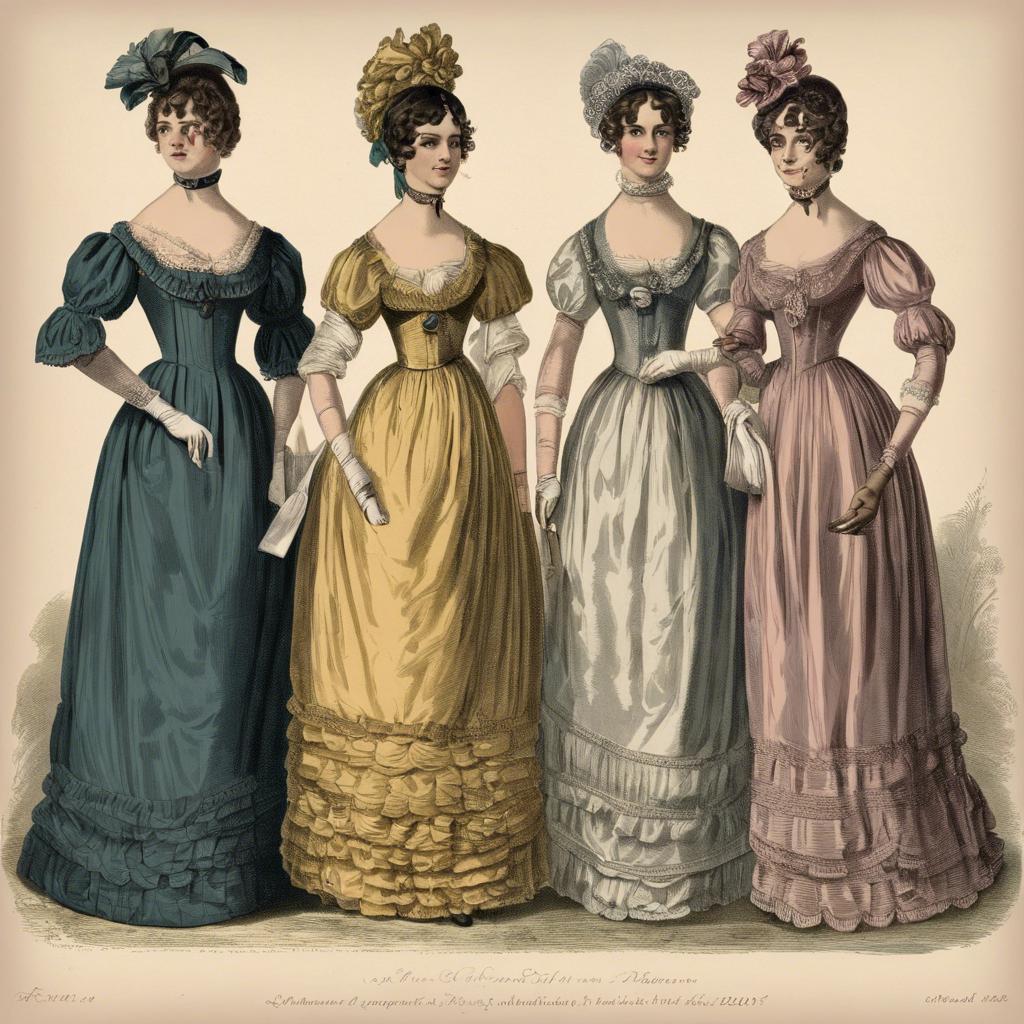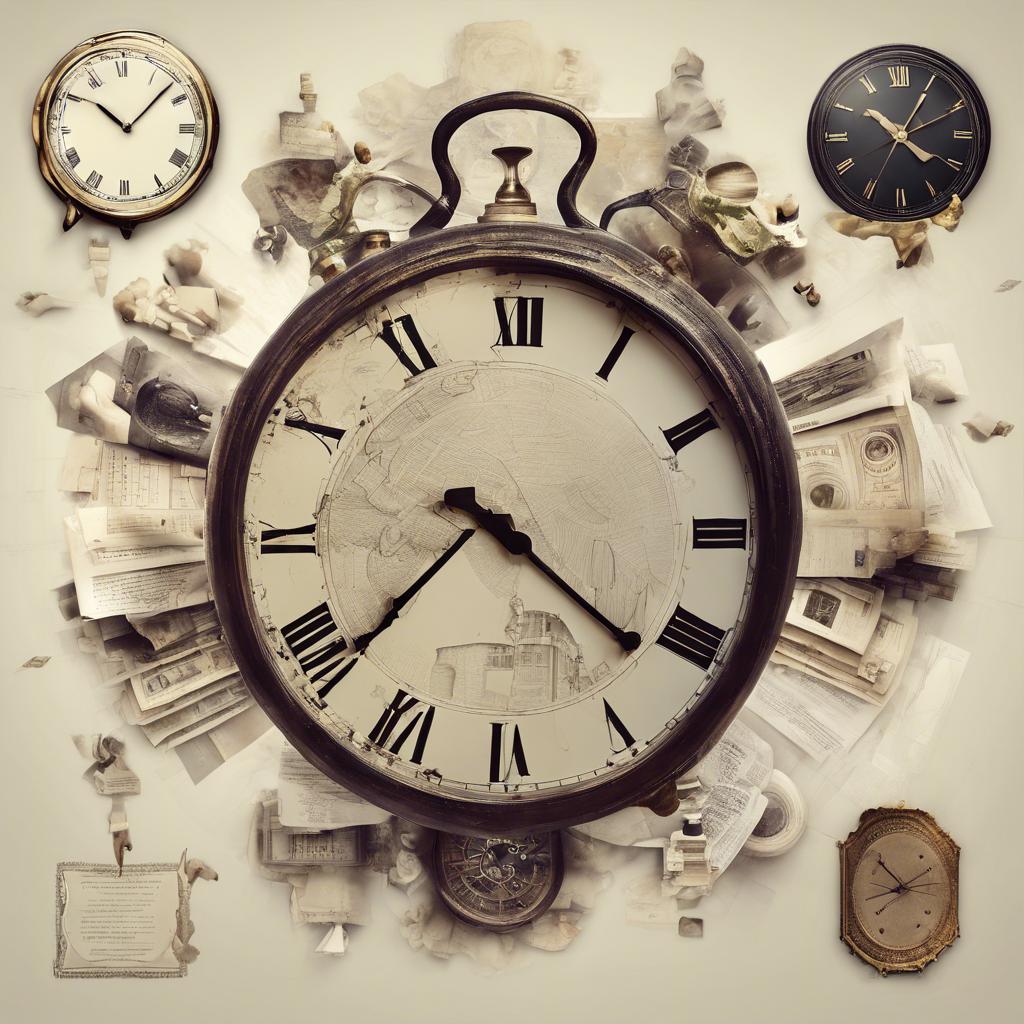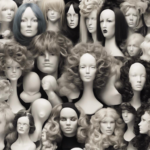The Regency era, spanning from 1811 to 1820, is a captivating period in British history marked by the unconventional rule of Prince George IV as regent for his ailing father, King George III. This transitional period after the French Revolutionary and Napoleonic Wars witnessed a unique blend of societal changes, cultural developments, and political upheavals that continue to fascinate historians and enthusiasts alike. Join us as we delve into the intricacies of the Regency era time and explore the legacy left behind by this remarkable period in British history.
Step Into the World of Cheryl Bolen
Dive into the enchanting stories of love, intrigue, and elegance set in the Regency Era. Cheryl Bolen's novels offer timeless romance and captivating tales that will leave you wanting more.
Explore Cheryl Bolen's Books Now
Regency Era Fashion Trends: A Look into the Glamorous Attire of the Early 19th Century
The Regency Era, spanning from 1811 to 1820, was a time of elegance and refinement in fashion. During this period, women’s attire was characterized by flowing silhouettes, high waistlines, and delicate fabrics. One iconic piece of clothing from this era was the Empire waist dress, which featured a high waistline that sat just below the bust and a long, flowing skirt that cascaded to the floor. Women also adorned themselves with intricate shawls, gloves, and bonnets to complete their look.
Men’s fashion during the Regency Era was equally refined, featuring tailored coats, waistcoats, and breeches. The typical ensemble for a gentleman included a tailcoat, fitted waistcoat, cravat, and top hat. Accessories such as pocket watches, canes, and gloves were also common amongst the upper class. Men’s fashion during this time was all about projecting an image of wealth and sophistication.
One interesting trend that emerged during the Regency Era was the revival of ancient Greek and Roman styles. Women’s dresses were often inspired by the draping and flowing lines of ancient Greek garments, while men’s attire featured classical motifs such as togas and sandals. This fusion of ancient and contemporary styles created a truly unique and glamorous look that defined the fashion of the early 19th century.
Politics and Society: Exploring the Power Dynamics and Cultural Shifts of Regency England
In Regency England, power dynamics were heavily influenced by the social hierarchy and class structure of the time. The aristocracy held the most power, with titles and hereditary wealth dictating one’s place in society. The monarchy, led by figures such as King George III and later King George IV, also played a significant role in politics, albeit with varying degrees of influence.
Cultural shifts during the Regency era saw the rise of Romanticism, a movement that valued emotion, individualism, and nature. This artistic and intellectual movement had a profound impact on society, challenging traditional norms and beliefs. The literature of the time, including the works of Jane Austen and Lord Byron, reflected these changing attitudes towards love, marriage, and morality.
As society grappled with these shifts, political unrest simmered beneath the surface. The Napoleonic Wars, economic struggles, and calls for social reform all contributed to a sense of unease and discontent. The emergence of political figures such as William Pitt the Younger and the rise of radical movements like the Luddites highlighted the tensions between tradition and progress in Regency England.
Literature of the Regency Era: Understanding the Works of Jane Austen and other Influential Writers
During the Regency Era, which spanned from 1811 to 1820 in England, the literary landscape was dominated by influential writers such as Jane Austen. Austen’s works, including “Pride and Prejudice” and “Sense and Sensibility”, are timeless classics that continue to captivate readers with their social commentary and romantic entanglements. Her keen observations of society, wit, and character development set a high standard for literature of the time.
Aside from Austen, other notable writers of the Regency Era include Lord Byron, Mary Shelley, and Sir Walter Scott. Lord Byron is famous for his romantic poetry and scandalous personal life, while Mary Shelley’s “Frankenstein” remains a seminal work of science fiction. Sir Walter Scott’s historical novels, such as “Ivanhoe” and “Waverley”, helped popularize the genre and provided readers with thrilling tales set in different time periods.
Understanding the literature of the Regency Era offers insights into the values, beliefs, and societal norms of the time. Through the works of Jane Austen and other influential writers, readers can explore themes of love, class, morality, and the human condition. These timeless works continue to resonate with audiences today, showcasing the enduring power of great storytelling and literary craftsmanship.
Regency Era Etiquette: Navigating the Social norms and Customs of High Society in the Early 1800s
In Regency England, social etiquette and customs played a significant role in the interactions of high society. One of the most important aspects of Regency era etiquette was the strict hierarchy that governed social interactions. From how one addressed their peers to the proper way to enter a room, every action was carefully choreographed to maintain social order.
Dress Code:
Proper attire was a key element of Regency era etiquette. Men were expected to wear tailored suits with waistcoats, while women were required to wear elegant gowns with delicate embroidery and lace. The use of gloves and hats was also common, serving as symbols of refinement and social status.
Dining Etiquette:
Dining was a formal affair in Regency society, with strict rules governing table manners. It was considered impolite to start eating before the hostess or to speak with one’s mouth full. Additionally, guests were expected to wait for the hostess to signal the start of the meal before they began eating.
Conversation Rules:
Polite conversation was an art form in Regency England, with topics restricted to light and neutral subjects such as the weather or current events. It was considered impolite to discuss controversial topics or to speak loudly in public. Additionally, men were expected to defer to women in conversation, allowing them to lead the discussion.
Final Thoughts
the Regency Era was a fascinating period in English history characterized by cultural, political, and social change. From the extravagant fashion to the rise of influential literary figures, this era left a lasting impact on society. By delving into the intricacies of this time, we gain a deeper understanding of the people, events, and ideas that shaped the world we live in today. As we continue to explore and study the Regency Era, let us remember the lessons and legacies of this remarkable period in history.


